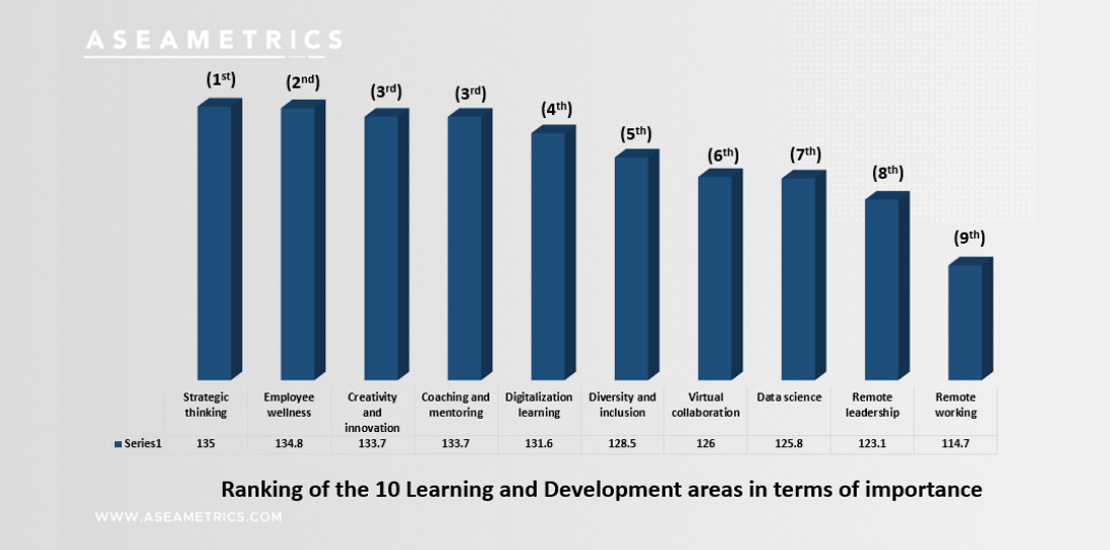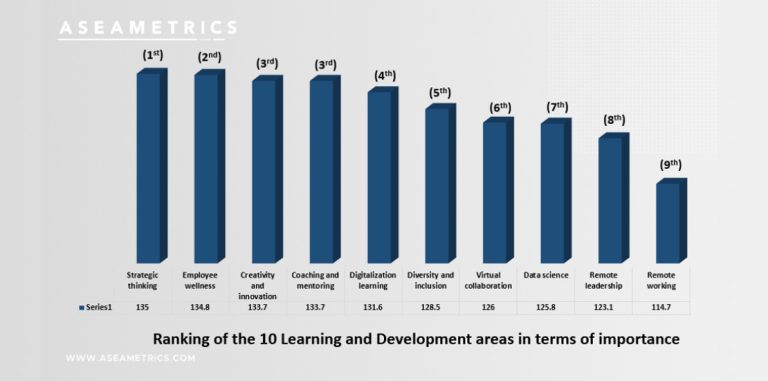

March 2020 was almost two years ago. And for almost two years, most of us have been attending and hosting meetings virtually. If you have been constantly finding yourself drained after a virtual meeting or two, you may be experiencing Zoom fatigue.
While it is not a formal diagnosis, Zoom fatigue — or exhaustion or burnout due to the use of video conferencing communication — is real and has been a common complaint of many remote workers recently.
Why does it happen?
Virtual meetings force us to focus more intently on the information being shared during the meeting as there is no other way to absorb it. In in-person meetings, you have a chance to lean over a teammate and ask what was said if you’ve zoned out for a bit. In Zoom meetings, this just can’t happen.
Another way that Zoom meetings are very different and more challenging than in-person meetings is how we must always appear like we are paying attention. When communicating, we are accustomed to looking at nonverbal cues — how our bodies are positioned, how we inhale quickly when we’re about to butt in, etc. — aside from the words being spoken. In Zoom meetings, these non-verbal cues are absent and the only way for us to show that we are paying attention is to keep our gaze on the screen.
How do you recognize Zoom fatigue?
Zoom fatigue shares the same symptoms as burnout and exhaustion. Here are a few signs to watch out for:
· Irritability and frustration at work, and with co-workers
· Difficulty concentrating
· Forgetfulness
· Physical symptoms such as insomnia, and muscle fatigue, pain, and tension
· Finding yourself avoiding, canceling, or rescheduling virtual meetings
· Inability to multitask or handle work responsibilities
· Being socially detached
While the list above is not exhaustive, these symptoms are all potential signs of Zoom fatigue.
How can you combat Zoom fatigue?
Turn off distractions
It is very tempting to do other tasks while in a Zoom meeting — replying to an email, texting, or browsing social media. Multitasking can be very taxing on your brain and can make you more exhausted in the end. It is best to stay present and do other tasks when the meeting is over.
Reduce stimuli
We tend to spend the most time in Zoom meetings looking at the tiny square where our face is. You can avoid this by simply removing yourself from view. To keep your brain from processing too much information and stimuli, you can also request attendees to use plain backgrounds, or turn their videos off when they are not talking.
Find Zoom alternatives
Not everything needs to be done via video conference. When setting up meetings, see if some of them can be done via phone call or email, or a Slack message. Another Zoom alternative is no Zoom meeting at all. This means that you must also evaluate which meetings to pass on (and just watch a recording later) to give yourself a break. As a host, you must also keep some of your meetings and events opt-in, meaning, everyone is encouraged to attend, but not required.
Bottom line
Zoom fatigue is real, and with the pandemic still ongoing in many parts of the world, everyone is at risk of work-related burnout. Managers and business leaders must keep an eye out for this serious condition, and ensure that lines of communication are open and help is available.
ABOUT ASEAMETRICS
ASEAMETRICS is an HR Consulting firm established to provide solutions to help companies solve talent-related business problems. They are an expert at providing technology-based solutions to help companies identify, develop, and manage the human resource for business success, today and in the future.
Integrated into the company’s high-impact services are advanced technologies through HR Avatar (for E-Testing), Udemy (for E-Learning and Competency Development), Arbinger (for E-Learning – Mindset Change), Withiii (E-Organizational Development), ESM (E-Strategy Management), and HopeChat VP (E-Psychological Services).






